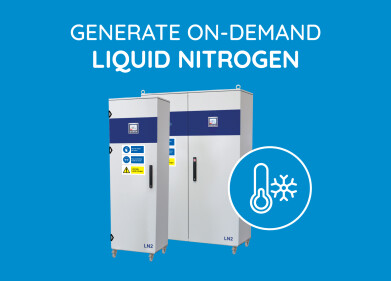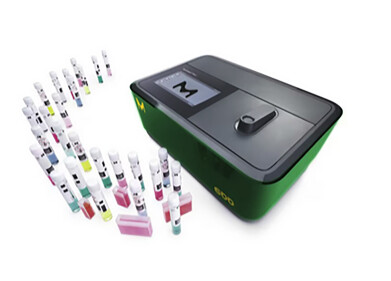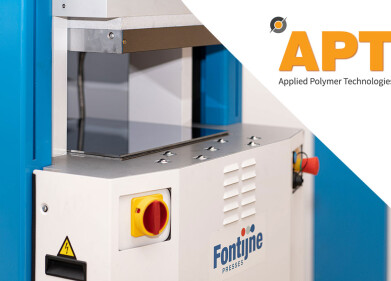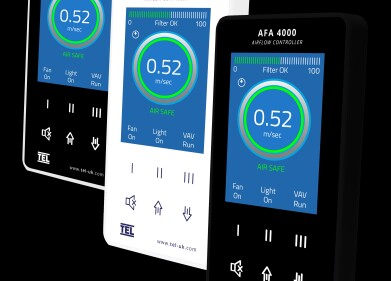Laboratory products
Fully Automated Equilibrium Solubility Testing
May 02 2007
Based on proven ReactArray technology used in the majority of pharmaceutical companies around the world, ReactArray ST utilises an industry standard autosampler and a tightly controlled rack which provides 10 individual temperature (-30 to 150 °C) and stirring controlled. A dedicated testing device (patent applied for) housing a spring loaded filter is placed into each study, minimising the potential for cross contamination. A quantitative filtered sample is aspirated from a slurry through the device, automatically diluted and injected onto an on-line HPLC. A benefit of the ReactArray approach is that samples are taken accurately even at elevated temperatures. This is very difficult to achieve by traditional methods which require manual filtration or centrifugation followed by accurate sample extraction under rigorous temperature control to prevent precipitation.
Slurry volumes can be sampled from as little as 350 ml meaning precious material is conserved and more studies are completed on relatively small amounts of compound.
An intuitive wizard guides the user through the setup process allowing methods to be written quickly and on-board error checking means that no run can be initiated which contains potential problems. Each vessel can be programmed to have an individual temperature profile with equilibration periods between set temperatures. On-the-fly reference to a previously collected multi-level calibration leads effortlessly to the generation of bar graphs for single temperature studies or solubility curves for multiple-temperature experiments as shown. Rapid data mining means that the choice of solvent, solvent mixture and/or various buffers that can be practically studied is much wider. This is a vital consideration for the scientist who wishes to choose the right crystallisation or reaction solvent, or to make a selection between crystalline or salt forms.
Digital Edition
Lab Asia 31.6 Dec 2024
December 2024
Chromatography Articles - Sustainable chromatography: Embracing software for greener methods Mass Spectrometry & Spectroscopy Articles - Solving industry challenges for phosphorus containi...
View all digital editions
Events
Jan 22 2025 Tokyo, Japan
Jan 22 2025 Birmingham, UK
Jan 25 2025 San Diego, CA, USA
Jan 27 2025 Dubai, UAE
Jan 29 2025 Tokyo, Japan



















